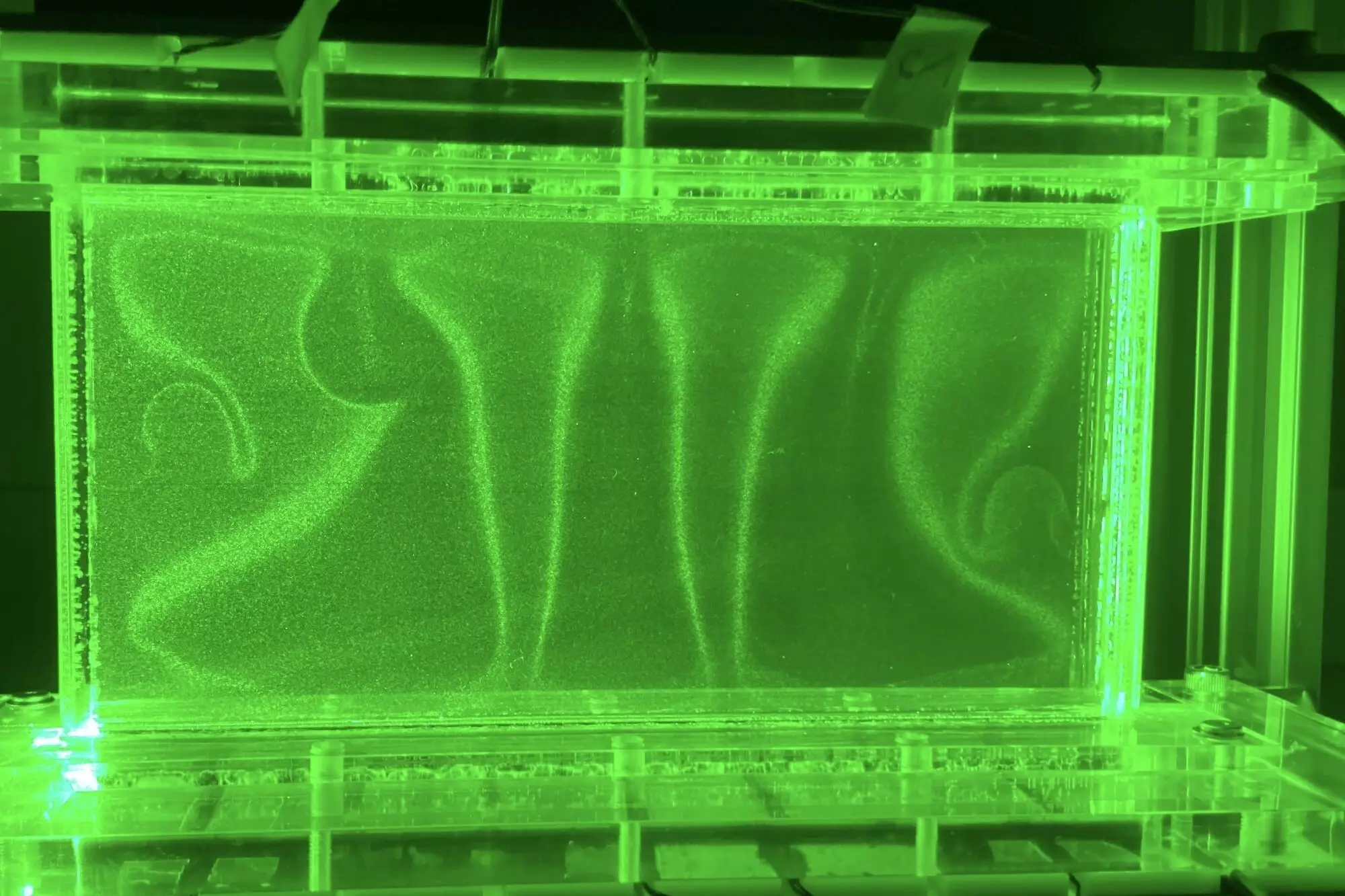In the contemporary culinary landscape, the air fryer has emerged as an icon of convenience and health-conscious cooking. With a simple search for “air fryer recipe” across various social media platforms, users are inundated with a plethora of quick meal ideas—images of golden-brown fries, crispy chicken wings, and rejuvenated vegetables tantalizingly scroll past. Marketed as a healthier alternative to deep frying, air fryers claim to utilize cutting-edge technology to deliver crispy and delicious food in a fraction of the time. Yet, beneath the surface of this frying revolution lies a compelling story about the science of heat transfer—particularly, the convection mechanisms that power these kitchen gadgets.
Convection: The Underlying Principle
While we marvel at the efficiency and speed of air fryers, the fundamental science driving their performance is rooted in a concept as old as nature itself: convection. This process, which orchestrates the flow of heat through fluids, can be visualised through everyday experiences—like the warming of water in a pot or the air movements we feel on a breezy day. Hugo Ulloa, a fluid dynamics scientist at the University of Pennsylvania, explains that convection results from temperature differences creating variations in density, leading to motion. In essence, warm fluids rise while cooler fluid sinks, setting the stage for a dynamic exchange of thermal energy.
Despite being a well-studied phenomenon in open environments, the intricacies of convection in confined spaces have long puzzled scientists. Recent advancements, however, have begun to peel back these layers of complexity. A collaborative study led by Ulloa, along with researchers Daisuke Noto and Juvenal A. Letelier, highlighted the significant implications of studying convection on a micro-scale. Their findings are not just academic; they promise to impact various fields—from geothermal energy harvesting to biomedical applications requiring precise temperature control.
Revealing the Secrets of Heat Transfer
The researchers employed a Hele-Shaw cell—a device featuring two parallel plates with a narrow gap—to explore convection at small scales. This innovative setup allowed them to manipulate temperature gradients and confinement levels to observe how fluid dynamics shift in different scenarios. What they uncovered was provocative: as the confinement of fluid increased, thermal plumes, akin to tiny mushrooms, began to emerge. These plumes, crucial for efficient convection, behave differently based on their dimensions relative to the system’s confinement.
According to Noto, this research sheds new light on an important principle—heat transfer efficiency can be enhanced or undermined depending on both the confinement level and specific flow conditions. For instance, when the gap is smaller than the natural size of the plumes, they become compressed and adopt a two-dimensional flow, increasing efficiency in heat transfer. Conversely, in larger gaps, plumes grow more freely, which, while generating higher temperature dispersal, also leads to less effective heat transfer. This distinction is vital for the advancement of various technologies, signaling that nuanced control of confinement can yield dramatic differences in performance.
Implications in Various Fields
The implications of this groundbreaking research extend well beyond the kitchen. Understanding how convection works within confined spaces can revolutionize approaches in sustainable energy—particularly in enhancing geothermal energy extraction techniques. Moreover, the medical field stands to benefit significantly, as more precise control of heat can improve the efficacy of numerous biomedical devices.
Ulloa and his team are not stopping here; they aim to further investigate how convective processes influence the mixing of substances in confined environments. This pursuit is critical for fields like environmental engineering, where effective mixing of nutrients in hydrothermal settings can drastically enhance ecosystem health. As they dive deeper, they are focused on understanding the dynamics of heat movement and how it affects not just temperature but also the transport of nutrients and gases vital for life.
A Journey into the Unknown
This ongoing exploration signifies a shift in how we perceive not only convection but also the broader field of fluid dynamics. As we unravel the complexities of tightly confined thermal systems, we uncover new possibilities for innovation across multiple industries. The knowledge being gained may lead to the development of smarter heating components, more efficient refrigeration systems, and enhanced applications in chemical processing. The journey into this relatively unknown territory reaffirms the importance of fundamental scientific research in driving practical solutions.
The next steps for Ulloa and his colleagues promise even more fascinating revelations as they expand their studies. Beyond just understanding heat transfer, their work seeks to elucidate how particles and compounds interact in confined systems, which may have profound consequences for both our technological advancements and our understanding of natural systems. In a world increasingly driven by technology and efficiency, the science of convection offers both immediate benefits and far-reaching potential that could reshape our very interaction with heat and energy.

